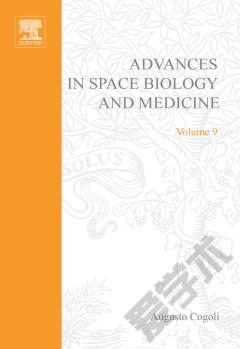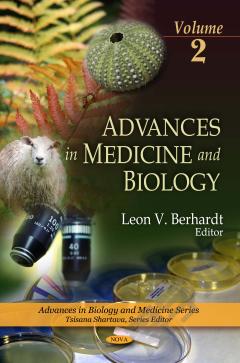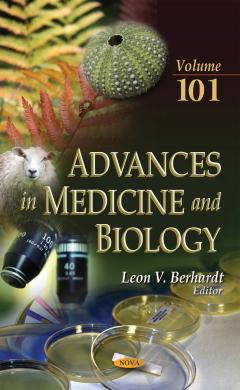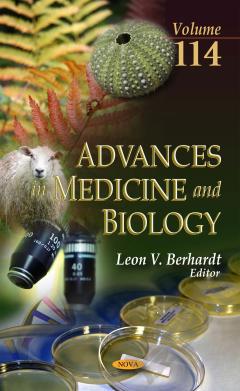Advances in Space Biology and Medicine
During the past several years there has been a shortage of flight opportunities for biological and medical projects. And those that were available usually had severe restrictions on instrumentation, number of subjects, duration, time allotted for performing the experiments, a possibility for repetition of experiments. It is our hope and expectation that this will change once the international Space Station is in full operation. The advantages of a permanent space station, already demonstrated by the Russian Mir station, are continuous availability of expert crew and a wide range of equipment, possibility of long-term experiments where this is waranted, increased numbers of subjects through larger laboratory space, proper controls in the large 1-G centrifuge, easier repeatability of experiments when needed. The limited number of flight opportunities during recent years probably explains why it has taken so long to acquire a sufficient number of high quality contributions for this seventh volume of Advances in Space Biology and Medicine. While initially the series wassailed at annually appearing volumes, we are now down to a biannual appearance. Hopefully, it will be possible to return to annual volumes in the future when results from space station experimentation at beginning to pour in. The first three chapters of this volume deal with muscle. Fejtek and Wassersug provide a survey of all studies on muscle of rodents flown in space, and include an interesting demography of this aspect of space research. Riley reviews our current knowledge of the effects of long-term spaceflight and re-entry on skeletal muscle, and considers the questions still to be answered before we can be satisfied that long-term space missions, such as on the space station, can be safely undertaken. Stein reviews our understanding of the nutritional and hormonal aspects of muscle loss in spaceflight, and concludes that the protein loss in space could be deleterious to health during flight and after return.
{{comment.content}}








 京公网安备 11010802027623号
京公网安备 11010802027623号